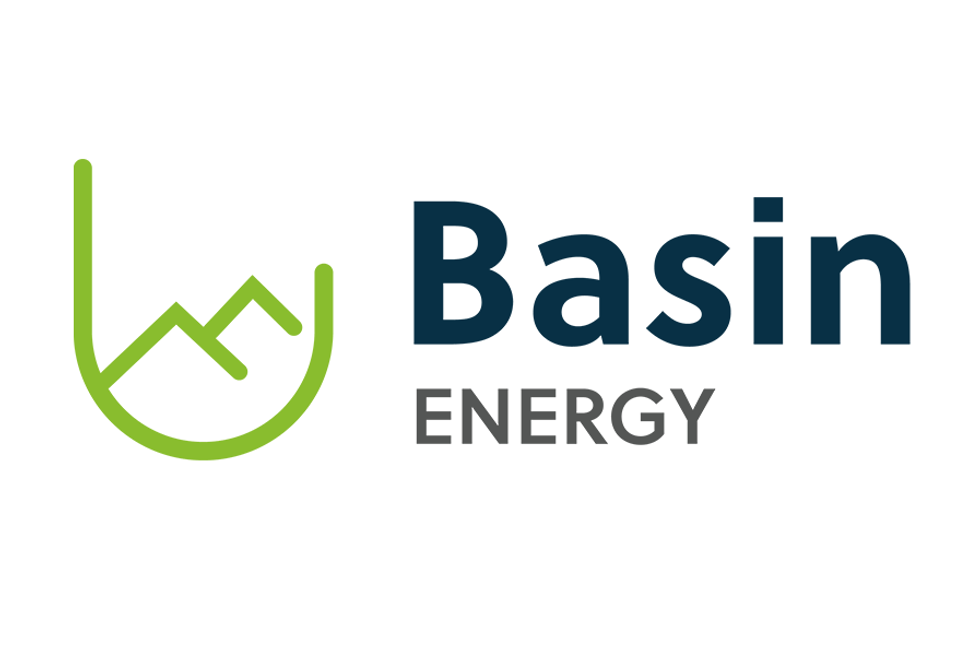Italy is the largest importer of electricity in the world with the majority of its sources located in Switzerland and France. The successful integration of an increased domestic nuclear infrastructure will help the country achieve its objectives with regards to security of supply, carbon reductions and price competitiveness.
By Dave Brown – Exclusive to UraniumInvestingNews.com
Following the week in which South Korea set a preliminary outline for long term national energy policy, with obvious implications for uranium, oil, gas, and lithium investors, Italy is also releasing 10 year guidance for a national energy plan. Italy is the largest importer of electricity in the world with the majority of its sources located in Switzerland and France. The successful integration of an increased domestic nuclear infrastructure will help the country achieve its objectives with regards to security of supply, carbon reductions and price competitiveness.
The Commissioner of Italy’s national agency for research into energy (ENEA), Giovanni Lelli said that the overall objective of the Italian government was to target a national energy solution based on 25 percent nuclear, 25 percent renewables, and 50 percent fossil fuels by 2020. Italy is expected to begin building eight new nuclear reactors by 2015.
Italy’s largest utility, ENEL (BIT:ENEL), which produces 14 percent of its electricity through nuclear power plants in Slovakia and Spain, is expected to invest between $20-24 billion to build four nuclear generators. The reactors are expected to be European Pressurized Reactors (EPR). Currentlyfour similar reactors are under construction with the first two in Finland and France and two additional units being built in China.
A nuclear regulatory authority is going to be set up in the coming months and a suitable site for a surface repository facility for storing waste is being investigated and in the near future they will also define a long-term national program for managing waste and spent fuel, in accordance with the European Community’s recent Waste Directive.
In July of 2009 the Italian parliament adopted a bill bringing to an end the ban on the use of nuclear energy. Italy definitively approved the return of nuclear energy after 22 years as part of a new development strategy. Italy abandoned nuclear energy after a 1987 referendum, whose result was strongly influenced by the Chernobyl disaster in Russia the previous year. The new law covers a large range of areas including nuclear safety, licensing, research, potential sites’ selection and decommissioning.
Last February, the Italian government signed a decree defining criteria and procedures for the construction of nuclear power plants in the country by 2020. The decree draws a list of criteria for suitable sites for nuclear power plants. It also defines procedures for construction and operation of plants and a system of financial compensation for areas that agree to host nuclear stations. These initiatives demonstrate Italy’s strong commitment to securing national energy sources which are compliant with international best practices underscored by a broader global nuclear renaissance, particularly at a time when austerity measures and economic priorities can complicate these issues.
Mining News
Russia’s state run uranium giant ARMZ has made a $1.16 billion takeover offer for Mantra Resources Ltd. (ASX:MRU) (TSX:MRL), which is moving towards mining its Mkuju River uranium project in southern Tanzania. Government environmental and other approvals are well advanced and the company expects to receive a mining license soon and to start mining in 2013, eventually producing 1400 tonnes of uranium per year. Capital expense estimates for the project forecast $298 million for the infrastructure and treatment plant. Pending the state level approvals, ownership is expected to be transferred to ARMZ’s Canadian-based subsidiary, Uranium One (TSX:UUU).
Uranium Spot Market Price Difference
Uranium spot market prices reached $62.50 per pound according to UxC uranium consulting. A limited supply of the nuclear fuel being available to utilities, producers and traders on the spot market, has resulted in about 20 percent appreciation since uranium traded in the $52 range in October. “As spot material has remained fairly limited, spot offers have continued to climb over the past two months,” UxC said in its most recent report. “Price increases did slow somewhat as the spot price broke the $60 mark and higher than expected sales were made toward the end of the year.” As the market enters the holiday season, trading is thin with some market participants expecting spot demand to increase during January. TradeTech reported 5 transactions concluded during the week and confirmed that the increase in the spot price was fueled by thin supplies and sellers unwilling to lower offer prices. Buyers responded by increasing bid prices, but sellers showed little willingness to move from their offer prices.






